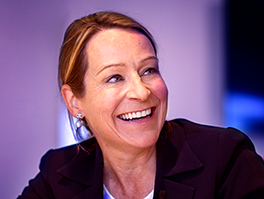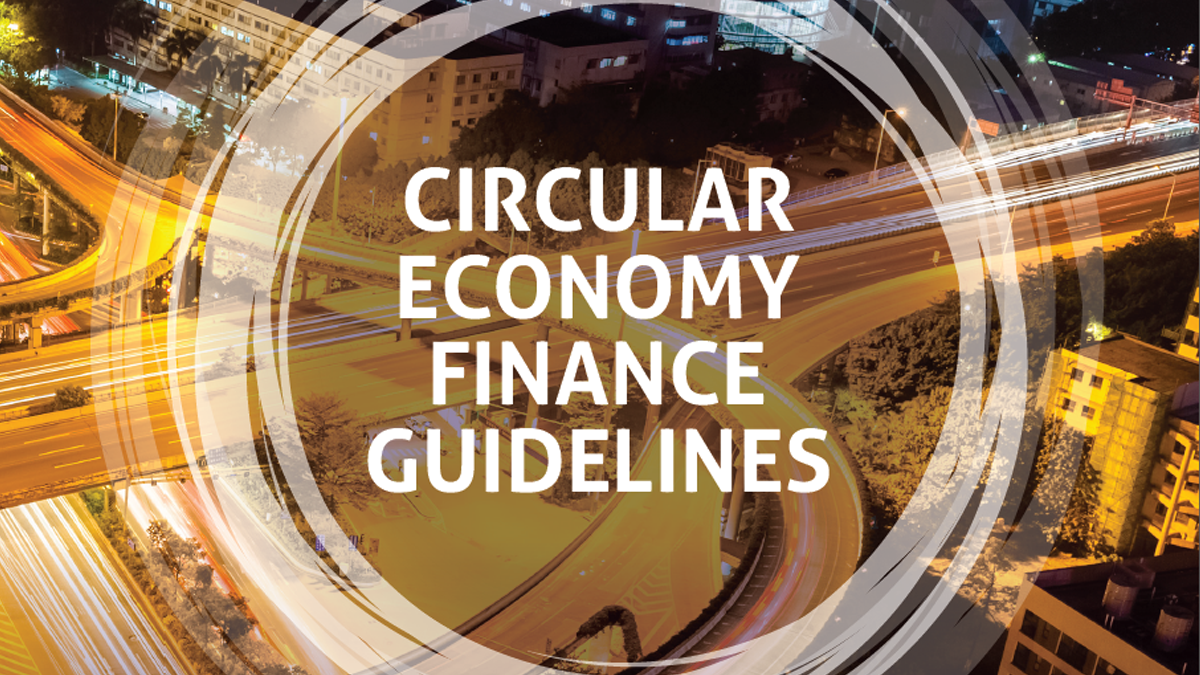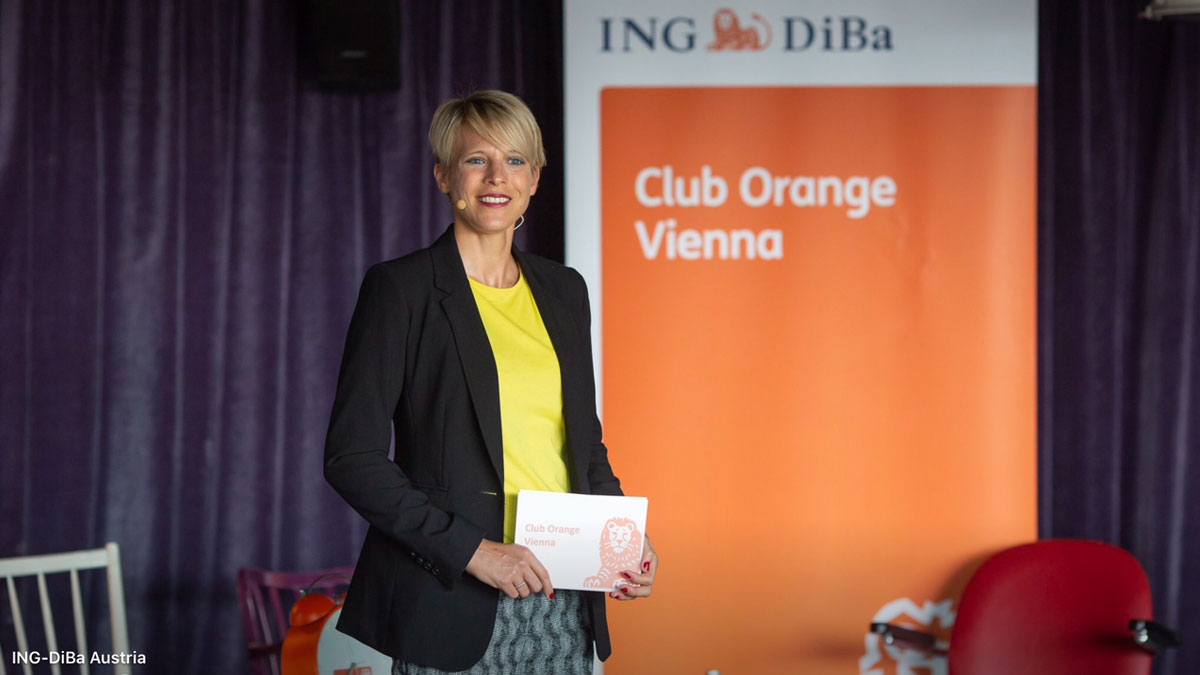ING will steer portfolio towards two-degree goal to help combat climate change
14 September 2018
ING has a lending portfolio of over €500 billion across many sectors, which we’ll now begin steering towards meeting the Paris Agreement’s well-below two-degree goal.
We’re able to start doing this by co-creating an innovative, accurate way to measure our portfolio, called the Terra approach. With this, we’re the first global bank to commit to using science-based scenarios to steer our business strategy.

The Terra approach looks at the technology shift that’s needed across certain sectors to keep the rise of global temperatures to well below two degrees Celsius. In the automotive sector, for example, it’s not enough to lower emissions by making fewer petrol-powered cars – more electric cars must be made, too.
Terra then measures that needed shift in technology against the actual technology clients are using today and planning on using in the future. This is where financing comes in – and where ING can have an impact.
“Banks have a responsibility to finance positive change and we are stepping up to that. We believe the Terra approach will enable us to make a real difference,” said Isabel Fernandez, head of ING Wholesale Banking.
We worked on the Terra approach with the 2˚ Investing Initiative (2˚ii), a global think tank for researching climate-related metrics in financial markets. 2˚ii is backed by bodies including the European Commission and various European governments, and supported by academics, expert groups and civil society organisations.
Certain sectors
Terra focuses on the sectors where the most greenhouse gas emissions come from: energy (including oil, gas, renewables and conventional power), automotive, shipping & aviation, steel, cement, residential mortgages and commercial real estate.
The information on what technology changes are needed by when is given in detailed scenarios per sector made by independent organisations like the International Energy Agency.
Data on the assets companies use for their production today, as well as their investment plans, comes from databases that track public and private companies of various sizes around the world. This means that clients aren’t burdened with extensive requests to provide data to ING.
Of course, each sector requires a custom approach, which is ultimately what will make Terra so effective. For some sectors, the approach needs to be refined further, which we will work on with 2˚ii as well as ING’s different sector teams.
What, how much, by when
Terra works in such a way that it doesn’t only tell us what needs to shift, but how much and by when. Applying it to these sectors will allow us to identify those clients that are leading the transition to a low-carbon economy as well as those that need ING’s help the most.
It’ll show us whether our lending is adding up to contribute to climate resilience or not.
Once we have that information we can focus on the changes that are required for the sector as a whole, and consequently, in proportion, our loan portfolio. This means that we focus on investments and divestments that are needed by our clients and potential clients, rather than only changing the composition of our portfolio.
The Terra approach complements the other ways we are working to combat climate change. For example, our commitment to reduce our coal exposure to close to zero by 2025, and the way our sustainable improvement loan rewards companies for their sustainability performance.
Open to other banks
The Terra approach is open source and we are in dialogue with other banks and stakeholders. Most banks we speak to are positive about the methodology and recognise the significant progress ING is making. All banks would benefit from having an industry-wide standard, increasing transparency and therefore our collective effectiveness in fighting climate change.
“We are delighted that a multinational bank like ING helped us pioneer this methodology for financial service providers,” said Jakob Thomä, managing director of 2˚ii. “The methodology – and its resulting two-degree aligned portfolios – will be an important contributor to combating climate change. We hope other banks will follow suit and adopt it as well.”
Our implementation of Terra starts now by assessing the target sectors in our lending portfolio. It will be an ongoing process. We intend to report on our progress in our Annual Report and are working to establish targets for the various sectors.
We are confident that the Terra approach will make a valuable impact because it enables us, and the rest of the banking sector, to finance the change the world needs to move towards a low-carbon economy.
Frequently asked questions
Why the Terra approach and not another kind of measurement?
We’ve been working for several years on a way to measure the climate impact of our lending portfolio. Previous methods, which focused on ‘financed emissions’, were not accurate enough and there isn’t yet a market standard for measuring a bank’s portfolio. We feel the Terra approach, which focuses on ‘financed technology’, can change the way banks think about the energy transition.
Compared to other measurement approaches, this one is precise, forward-looking, and will ultimately have a bigger impact because it steers key sectors towards technologies that underpin a low-carbon future rather than only measure a carbon-rich past. We believe in the opportunities that the climate-change challenge presents and we are committed to helping our clients seize them.
What’s ING’s deadline for aligning our loan book to the two-degree goal of the Paris Agreement?
Implementing the Terra approach starts now. We will begin assessing our lending portfolios against the sector scenarios outlined by independent organisations like the International Energy Agency. Applying the approach will be an ongoing process. Results will indicate whether our clients are collectively investing in the necessary shift per sector to being in line with the well-below two degree pathway.
Is ING phasing out any of these sectors that are responsible for most of the greenhouse gas emissions?
The Paris Agreement is about balancing the climate and the economy. In other words, in order to safeguard the global economy, the world must accept a certain level of climate change.
The International Energy Agency says that in a two-degree scenario almost half of global energy demand will still be met by oil and gas in 2040. This demand itself is predicted to increase 30% by then if no additional measures are taken, which is as much as if we added an entire new China and India to today's levels. Simply said, the demand is growing faster than the green options to fulfil it.
As a bank, we have to look at what is needed and what is feasible. There are two things that need to change: the energy source and energy consumption. Energy efficiency must increase for energy consumption to decrease. That means a huge shift for society—we must become more circular, buy products that consume less energy. That shift is happening—electric vehicles are a great example.
As for the energy source, the global economy will need to transition from a fossil-fuel based economy to a clean-energy based economy. To this end, the Terra approach will help ING to know where the opportunities lie for supporting this shift in each climate-relevant sector as well as how much is needed, by when.
At ING we're active on all fronts to help society make the needed shift, but the reality is we can't do it alone.
What is the 2˚ Investing Initiative and why is ING working with them?
The 2˚Investing Initiative is (2°ii) is the leading global think tank on developing climate and long-term risk metrics and related policy options in financial markets. 2°ii coordinates the world’s largest research projects on climate metrics in financial markets, with over 40 research partners in the public, private and philanthropic sector, and over millions re-granted to research partners to date. It’s backed by bodies including the European Commission and various European governments, and supported by academics, expert groups and civil society.
What else do we do on climate?
A lot. For one thing, it starts at home so we’ve been carbon neutral since 2007 and have big targets to keep doing better. But since our biggest impact is with our financing, we’ve financed billions of euros of wind farms, solar energy, and geothermal power production for example. We aim to double our Climate Finance portfolio by 2022 compared to 2017. We also say ‘no’ to certain companies and sectors, such as aiming to reduce our exposure to thermal-coal power generation to close to zero by 2025. Our green bonds, circular economy programme and sustainable improvement loan construction where clients are given better interest rates for better sustainability performance, are also a few things we do for a low-carbon society. Read more on our stance on climate.



